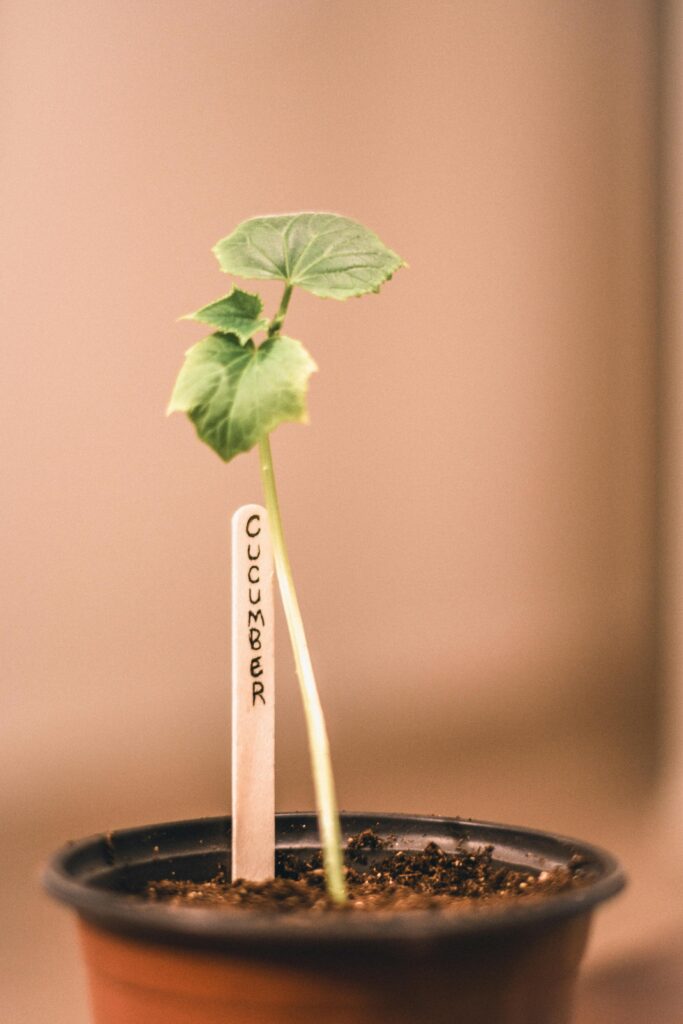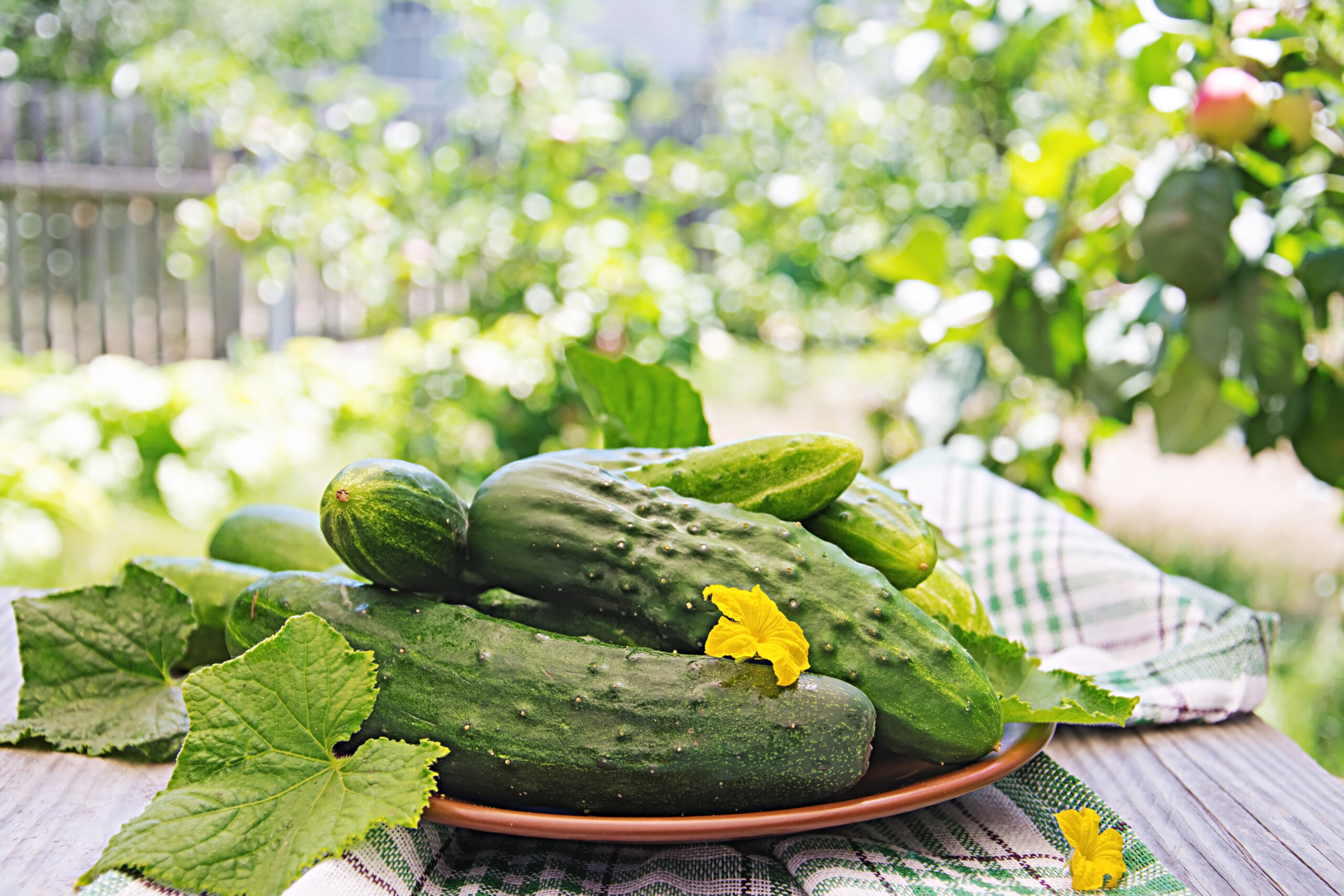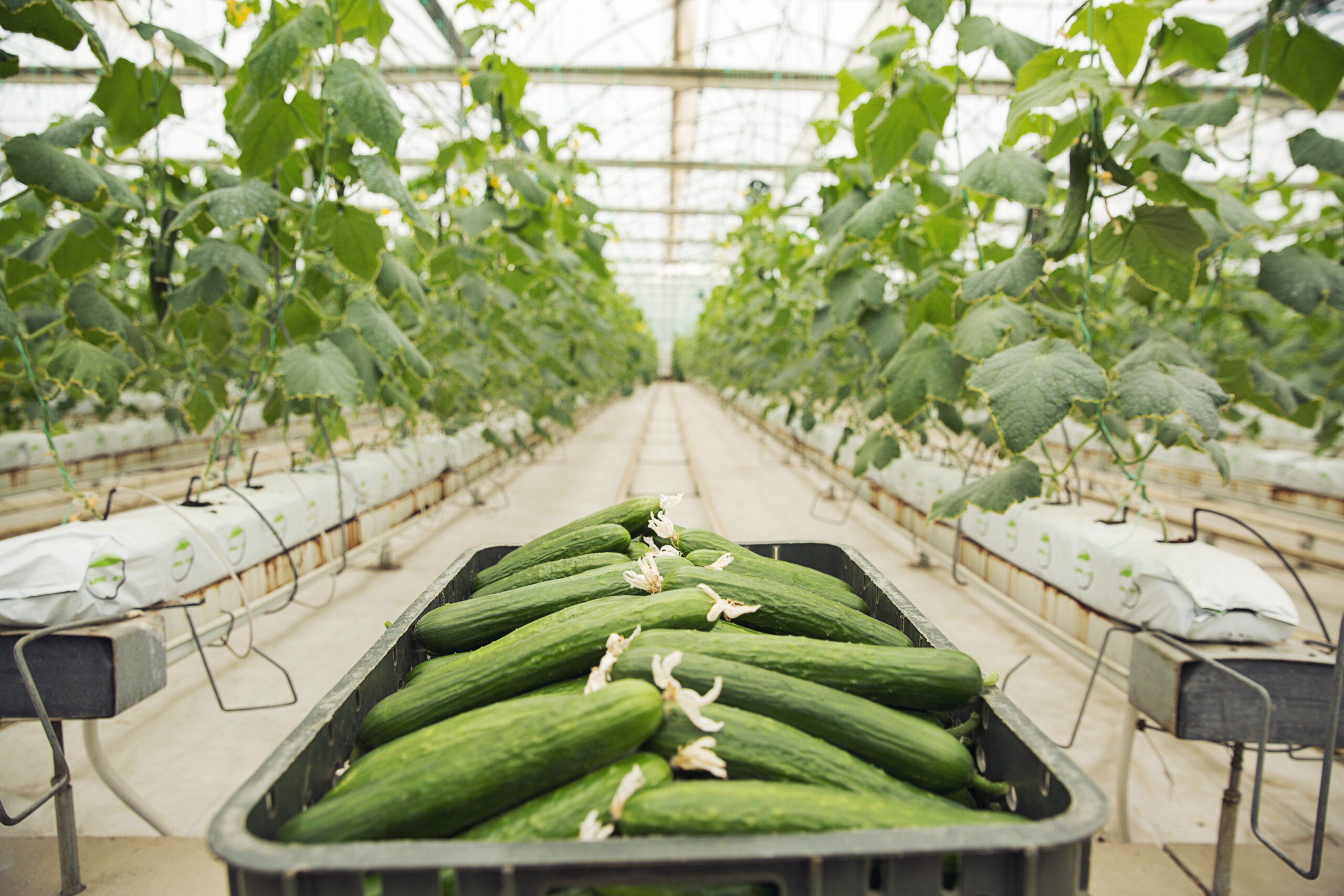Benefits of Growing Organic Cucumbers at Home
Organic gardening has gained popularity in recent years as people become more conscious of the impact
of chemicals on their health and the environment. One vegetable that is particularly well-suited for organic gardening is the cucumber. Not only are cucumbers easy to grow, but they also offer a range of benefits when grown organically at home.
One of the main benefits of growing organic cucumbers at home is the assurance that you are consuming a healthy and chemical-free vegetable. Conventionally grown cucumbers are often treated with pesticides and synthetic fertilizers, which can leave residues on the skin and be absorbed into the flesh of the vegetable. By growing cucumbers organically, you can avoid these harmful chemicals and enjoy a truly natural and nutritious vegetable.
In addition to being free from chemicals, organic cucumbers also tend to have a better taste and texture compared to their conventionally grown counterparts. This is because organic gardening focuses on building healthy soil, which in turn leads to healthier and more flavorful plants. The use of organic compost and natural fertilizers enriches the soil with essential nutrients, resulting in cucumbers that are bursting with flavor and have a crisp and refreshing texture.
Another advantage of growing organic cucumbers at home is the cost savings. Buying organic produce from the grocery store can be expensive, but by growing your own cucumbers, you can significantly reduce your grocery bill. Cucumbers are relatively low-maintenance plants that require minimal inputs, making them an ideal choice for home gardening. With just a small investment in seeds and basic gardening supplies, you can enjoy a bountiful harvest of organic cucumbers throughout the growing season.
Furthermore, growing cucumbers at home allows you to have complete control over the growing process. You can choose the variety of cucumber that best suits your taste preferences and growing conditions. There are numerous cucumber varieties available, ranging from traditional green cucumbers to unique heirloom varieties with different shapes, colors, and flavors. By growing your own cucumbers, you have the freedom to experiment and discover new and exciting varieties that may not be readily available in stores.
Additionally, organic cucumber gardening can be a rewarding and therapeutic activity. Spending time in the garden, tending to your plants, and watching them grow can be a great stress-reliever and a way to connect with nature. Gardening also provides an opportunity for physical activity and can be a fun and educational activity for children. By involving your family in the process, you can instill a love for gardening and healthy eating habits from an early age.
In conclusion, growing organic cucumbers at home offers a range of benefits. From the assurance of consuming a healthy and chemical-free vegetable to the cost savings and the joy of gardening, there are plenty of reasons to give organic cucumber gardening a try. So, roll up your sleeves, grab some seeds, and get ready to enjoy the delicious taste of homegrown organic cucumbers.
Step-by-Step Guide to Starting an Organic Cucumber Garden

Organic gardening has gained popularity in recent years as people become more conscious of the impact of chemicals on their health and the environment. One vegetable that is particularly well-suited for organic gardening is the cucumber. Not only are cucumbers easy to grow, but they also offer a host of health benefits. In this step-by-step guide, we will walk you through the process of starting your own organic cucumber garden at home.
The first step in starting an organic cucumber garden is to choose the right location. Cucumbers thrive in full sun, so it is important to select a spot in your garden that receives at least six to eight hours of direct sunlight each day. Additionally, cucumbers require well-drained soil, so make sure to choose a location that does not retain water.
Once you have chosen the perfect spot, it is time to prepare the soil. Start by removing any weeds or grass from the area. Then, loosen the soil with a garden fork or tiller to a depth of about 12 inches. This will help improve drainage and allow the cucumber roots to penetrate the soil more easily. Next, incorporate organic matter such as compost or well-rotted manure into the soil to improve its fertility and structure.
After preparing the soil, it is time to plant the cucumber seeds. Cucumber seeds can be sown directly into the garden once the soil has warmed up to at least 60 degrees Fahrenheit. Plant the seeds about one inch deep and six to eight inches apart. If you are planting multiple rows, space the rows about three to four feet apart to allow for proper air circulation.
Once the seeds are planted, it is important to keep the soil consistently moist until the seeds germinate. Water the garden gently, taking care not to wash away the seeds. As the seedlings emerge, thin them out to ensure that each plant has enough space to grow. Keep the soil evenly moist throughout the growing season, as cucumbers require a steady supply of water to produce juicy fruits.
As the cucumber plants grow, they will need support to keep the fruits off the ground. You can use trellises, stakes, or cages to provide support for the vines. This will not only help prevent the fruits from rotting, but it will also save space in your garden.
In addition to proper support, cucumbers also benefit from regular feeding. Apply a balanced organic fertilizer every four to six weeks to provide the plants with the nutrients they need to thrive. Be sure to follow the instructions on the fertilizer package for proper application rates.
Finally, it is important to monitor your cucumber plants for pests and diseases. Cucumbers are susceptible to a variety of pests, including aphids, cucumber beetles, and powdery mildew. Regularly inspect your plants for any signs of damage or infestation, and take appropriate measures to control the problem. Organic pest control methods, such as handpicking pests or using insecticidal soap, are recommended to maintain the organic integrity of your garden.
By following these step-by-step instructions, you can successfully start your own organic cucumber garden at home. Remember to choose a sunny location, prepare the soil properly, provide support for the plants, and monitor for pests and diseases. With a little care and attention, you will soon be enjoying a bountiful harvest of fresh, organic cucumbers right from your own backyard.
Common Mistakes to Avoid in Organic Cucumber Gardening

Organic cucumber gardening is a rewarding and fulfilling activity that allows you to enjoy fresh, homegrown cucumbers while also promoting a healthier and more sustainable lifestyle. However, like any gardening endeavor, there are common mistakes that can hinder your success. In this article, we will explore some of these mistakes and provide essential tips to help you avoid them.
One common mistake in organic cucumber gardening is improper soil preparation. Cucumbers thrive in well-draining soil that is rich in organic matter. Before planting your cucumber seeds or seedlings, it is crucial to amend the soil with compost or well-rotted manure. This will provide the necessary nutrients for healthy growth and ensure that the soil retains moisture without becoming waterlogged.
Another mistake to avoid is overcrowding your cucumber plants. Cucumbers require ample space to grow and spread their vines. Planting them too close together can lead to competition for nutrients and sunlight, resulting in stunted growth and lower yields. Be sure to follow the recommended spacing guidelines for your specific cucumber variety and provide adequate support for the vines to climb.
Proper watering is essential for the success of your organic cucumber garden. Overwatering can lead to root rot and other fungal diseases, while underwatering can cause the cucumbers to become bitter and misshapen. It is best to water your cucumber plants deeply and infrequently, allowing the soil to dry out slightly between waterings. Mulching around the plants can help retain moisture and regulate soil temperature.
Pest control is another crucial aspect of organic cucumber gardening. While chemical pesticides may seem like a quick fix, they can harm beneficial insects and contaminate the environment. Instead, opt for natural pest control methods such as companion planting, where you grow plants that repel pests or attract beneficial insects. Additionally, regularly inspect your cucumber plants for signs of pests or diseases and take appropriate action, such as handpicking insects or using organic insecticidal soap.
Failing to provide adequate support for your cucumber vines is a mistake that can result in tangled and damaged plants. Cucumbers are vigorous climbers and require trellises, stakes, or cages to support their growth. By providing proper support, you not only prevent the vines from sprawling on the ground but also improve air circulation, reduce the risk of disease, and make harvesting easier.
Lastly, neglecting to harvest your cucumbers at the right time can impact their taste and quality. Cucumbers should be harvested when they are firm, crisp, and have reached their desired size. Leaving them on the vine for too long can result in overripe cucumbers that are bitter and seedy. Regularly check your plants for ripe cucumbers and harvest them promptly to enjoy the best flavor and texture.
In conclusion, organic cucumber gardening can be a fulfilling and enjoyable experience. By avoiding common mistakes such as improper soil preparation, overcrowding, improper watering, neglecting pest control, failing to provide support, and harvesting at the right time, you can ensure a successful cucumber harvest. Remember to always prioritize organic and sustainable practices to promote a healthier and more environmentally friendly garden. Happy gardening!

